Coconuts are a versatile and nutritious tropical fruit enjoyed worldwide for their refreshing taste, creamy flesh, and hydrating coconut water. Whether you’re sipping on fresh coconut water, blending it into smoothies, or using coconut milk in your cooking, this fruit offers a myriad of health benefits. However, like any other perishable food, coconuts can spoil over time, leading to an unpleasant experience if consumed. Knowing how to determine if a coconut has gone bad is crucial to avoid food poisoning and ensure you’re enjoying the best quality. This article delves into the various signs and methods to identify a spoiled coconut, offering practical insights for both fresh and packaged coconut products.
Understanding Coconut Shelf Life
Before diving into the signs of spoilage, it’s essential to understand the typical shelf life of coconuts. Fresh, whole coconuts can last for several weeks to months depending on their storage conditions. When kept at room temperature in a cool, dry place, they can remain viable for about two to three months. Refrigeration extends their shelf life to about six months, while freezing can preserve them for up to a year. Once opened, coconut water and flesh should be consumed promptly, preferably within a day or two for optimal freshness.
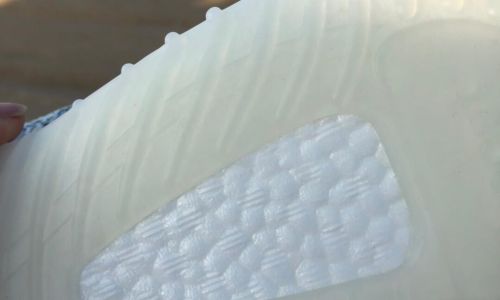
Packaged coconut products, such as coconut milk, coconut water, and coconut oil, have varying shelf lives based on their processing and packaging. Unopened, canned coconut milk can last for up to two years, while tetra-packed coconut water usually has a shelf life of around 12 months. Once opened, these products should be refrigerated and consumed within a few days to a week.
Signs of a Spoiled Coconut
Visual Inspection
One of the first steps in determining if a coconut has gone bad is to visually inspect it. For whole coconuts, look out for cracks, mold, or discoloration. A healthy coconut has a smooth, firm outer husk with no visible signs of decay. If you notice any dark spots, mold growth, or cracks, it’s a red flag that the coconut might be spoiled.
For opened coconuts, check the color and consistency of both the coconut water and flesh. Fresh coconut water should be clear or slightly milky, with a sweet, slightly nutty taste. If it appears cloudy, murky, or has a dark color, it’s likely spoiled. Similarly, the flesh should be white or slightly creamy with a firm texture. Any discoloration, such as brown spots or mold, indicates spoilage.
Smell Test
The smell of a coconut can also provide valuable clues about its freshness. A fresh coconut has a mild, nutty aroma that’s pleasant and inviting. If you detect a strong, sour, or musty odor, it’s a sign that the coconut has started to spoil. This is particularly true for opened coconuts where the flesh and water are exposed to air and bacteria.

Texture Changes
The texture of the coconut flesh and water can also indicate spoilage. Fresh coconut water should be slightly sweet and refreshing, with a slightly slippery texture due to its natural oils. If it tastes bitter, sour, or has a slimy texture, it’s a sign that the coconut has gone bad. Similarly, the flesh should be firm and easy to scoop out. If it feels mushy, soft, or has a slimy consistency, it’s an indication of spoilage.
Checking for Mold
Mold growth is a definitive sign that a coconut has spoiled. While whole coconuts may not show mold externally if stored properly, once opened, mold can quickly develop on the flesh or inside the husk. Any visible mold should prompt you to discard the coconut immediately, as mold spores can cause allergic reactions or food poisoning.
Expiration Dates
For packaged coconut products, always check the expiration or best-before date on the packaging. While these dates are not always accurate indicators of spoilage, they provide a general guideline. If the product is past its expiration date, it’s best to err on the side of caution and discard it, especially if there are any other signs of spoilage, such as a change in color, smell, or texture.
Handling and Storage Tips to Prevent Spoilage
To extend the shelf life of your coconuts and coconut products, follow these handling and storage tips:
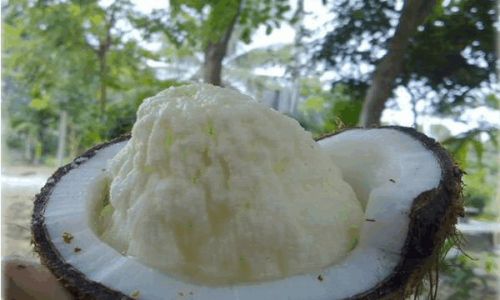
- Store whole coconuts in a cool, dry place away from direct sunlight. This helps maintain their freshness for longer.
- Refrigerate opened coconuts and coconut products. This slows down bacterial growth and preserves the quality.
- Use clean utensils when scooping out coconut flesh or pouring coconut water. Contamination from dirty utensils can accelerate spoilage.
- Inspect packaged coconut products before purchase. Ensure the packaging is intact and there are no signs of leakage or damage.
- Consume promptly after opening. Once opened, coconut products should be consumed within a few days to maintain freshness.
Conclusion
Coconuts are a delightful and nutritious addition to your diet, but only when they’re fresh. Knowing how to determine if a coconut has gone bad is essential to ensure you’re enjoying the best quality and avoiding potential health risks. By visually inspecting, smelling, checking the texture, and being mindful of expiration dates, you can confidently identify and discard spoiled coconuts. With proper handling and storage, you can enjoy the refreshing taste and numerous health benefits of coconuts for as long as possible. So, the next time you’re reaching for a coconut, take a moment to assess its freshness and savor the tropical delight it offers.

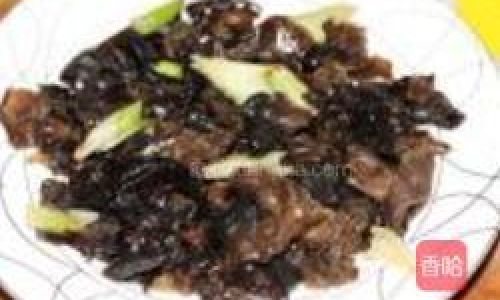

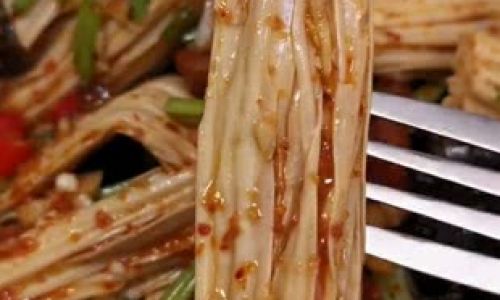
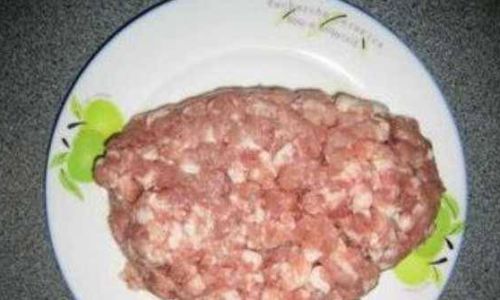
0 comments